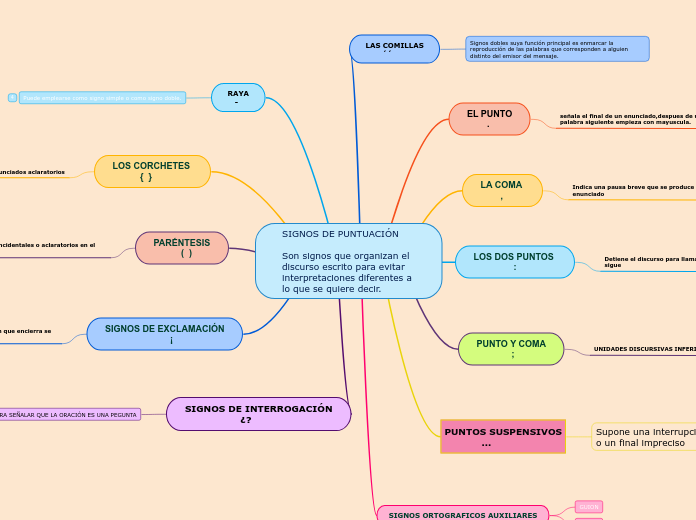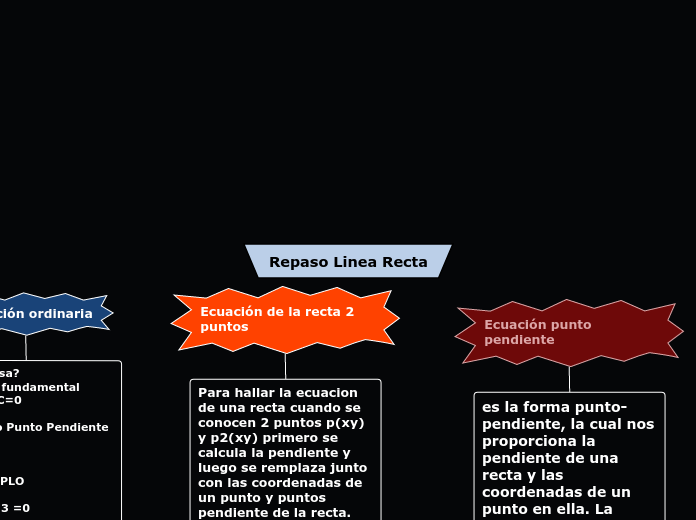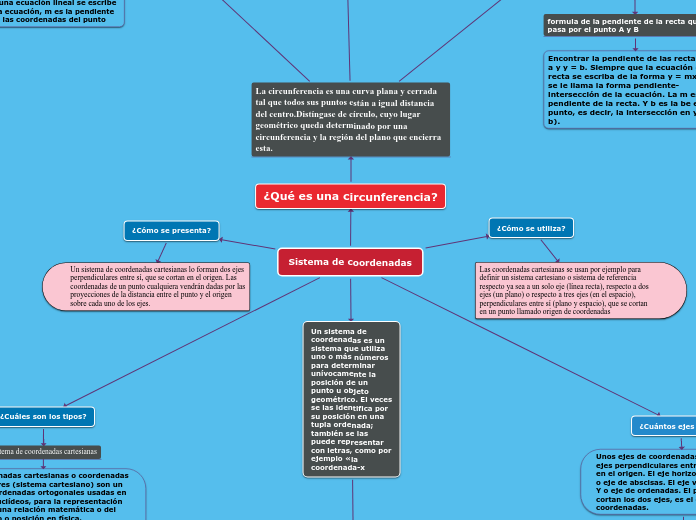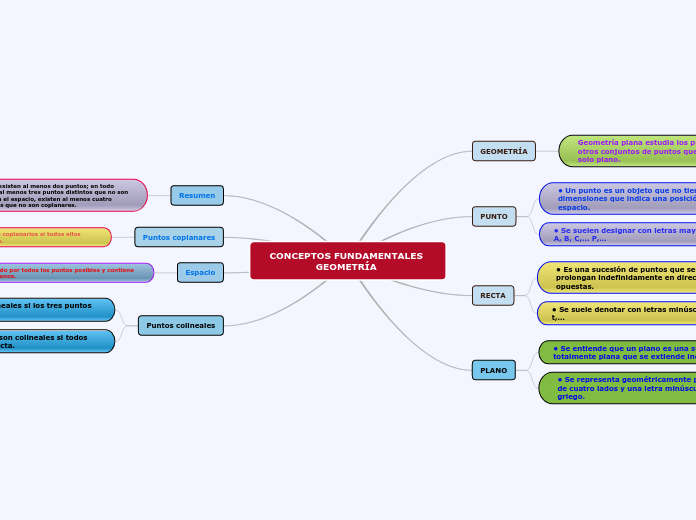SIGNOS DE PUNTUACIÓN
Son signos que organizan el discurso escrito para evitar interpretaciones diferentes a lo que se quiere decir.
Type in the name of the book you have read.
SIGNOS DE INTERROGACIÓN
¿?
SE USAN PARA SEÑALAR QUE LA ORACIÓN ES UNA PEGUNTA
Para expresar ironia o duda
Marcar una pregunta directa.
SIGNOS DE EXCLAMACIÓN
¡
In contrast to the main idea, the theme is the message, lesson or moral of the book.
Some tips to find out the theme of the book easier:
- Try to find it while you are reading. It may be stated or implied.
- Think about how the characters reacted to obstacles.
- Think about the important decisions that the characters made.
- Think about the characters growing or changing throughout the book.
Se usan para mostrar que la expresión que encierra se destaca del resto del discurso.
Emulacion de un grito o emulacion de una fuerte carga expresiva
Expresion de sorpresa
Interjecciones
Marcar una exclamación.
PARÉNTESIS
( )
Encierran elementos incidentales o aclaratorios en el discurso
Take notes while you read the book. Write here your favorite quotes from the book.
Paréntesis suspensivos
Paréntesis de opcion de nuevo genero
Paréntesis de imprecisión
Paréntesis incidentales
LOS CORCHETES
{ }
Take notes while you read the book. Type here the resources, books, or websites that the author mentioned and you want to check out later.
Se emplean para encerrar enunciados aclaratorios
Corchete de edición
Corchetes de verso
Corchetes de paréntesis
RAYA
-
Puede emplearse como signo simple o como signo doble.
Enumeración de una lista
Aclaraciones de narrador
Raya de dialogo
Aclaracion o inciso
SIGNOS ORTOGRAFICOS AUXILIARES
BARRA
GUION
PUNTOS SUSPENSIVOS
...
Supone una interrupción de la oración o un final impreciso
expresar duda, temor o vacilación.
valor de etcétera
PUNTO Y COMA
;
UNIDADES DISCURSIVAS INFERIORES AL ENUNCIADO
The main idea is what the book is mostly about.
Some tips to find out the main idea of a book easier:
- Read the title.
- Look for the text features.
- Figure out if you are reading a fiction or a non fiction book.
- Think about some examples that support this idea.
separa oraciones complejas que incluyen conjunciones y ya llevan comas.
separa oraciones simples
Separa una enumeración compleja que ya incluye comas.
LOS DOS PUNTOS
:
Type the names of the book characters. Start with the main character.
Draw arrows to represent the relationship between them and if it is possible write on them what they represent for each other (if they are relatives, friends, lovers, enemies etc.)
Detiene el discurso para llamar la atención sobre lo que sigue
A continuación de formulas de textos juridicos o administrativos.
introduce un ejemplo
para afirmar que lo que va enseguida concluye o muestra el efecto de la afirmación previa .
tras las formulas de saludo en una carta
para enunciar que lo que sigue es una cita textual
como elemento de cierre de una enumeración
como elemento anticipador de una enumeración
What are the characteristics that best describe the character? Type them here.
LA COMA
,
What is the reason why the author wrote the book?
Indica una pausa breve que se produce dentro de un enunciado
coma bibliográfica
coma de fecha y lugar
coma de omisión de verbo o de elision verbal
coma de expresiones conectivas
coma de coordinación adversativa
coma de inciso
coma de vocativo
coma de enumeración
EL PUNTO
.
Who is the author of the book? Type in his/her name.
señala el final de un enunciado,despues de un punto la palabra siguiente empieza con mayuscula.
punto con otros signos
punto de abreviaturas
punto final
punto y coma
punto aparte
punto seguido
LAS COMILLAS
´´
Signos dobles suya función principal es enmarcar la reproducción de las palabras que corresponden a alguien distinto del emisor del mensaje.









